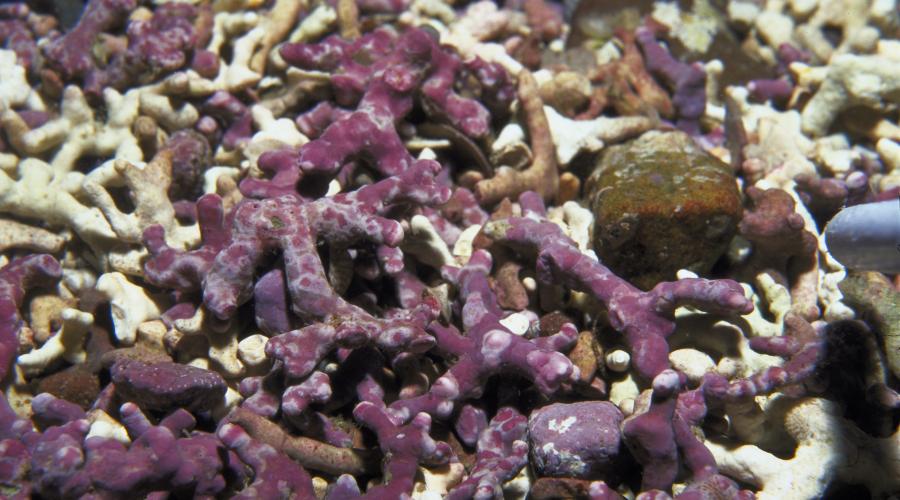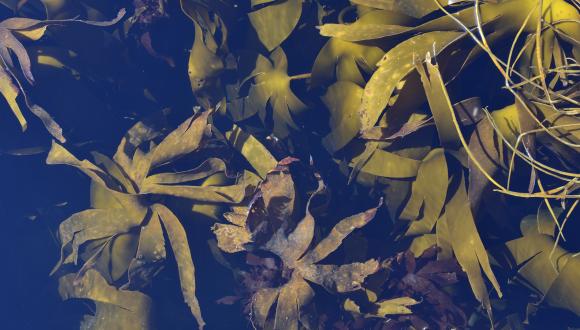
Maerl beds
Maerl beds provide vital shelter to many and varied marine creatures. Their protection is crucial to managing our seas wisely.
Living maerl is a purple-pink hard seaweed that forms spiky underwater ‘carpets’ on the seabed, known as 'maerl beds’. As a type of 'coralline’ algae, maerl deposits lime in its cell walls as it grows, creating a hard, brittle skeleton.
Maerl beds are a priority marine feature in Scotland's seas.
Western Scotland’s famous white beaches are made not of coral but of fragments of dead maerl, crushed by the waves and bleached by the sun. Aggregations of living unattached maerl are often called ‘rhodoliths’.
Scotland’s two common species of maerl are hard to tell apart:
- Phymatolithon calcareum is widespread
- Lithothamnion glaciale is more northern in its range
On open coasts exposed to some waves, maerl grows as flattened discs. Where there’s less wave action, it often forms dense, branched, spiny nodules up to 10cm in diameter.
Information on where maerl beds are found is at Scotland's National Marine Plan Interactive (NMPi).
Maerl beds are home to many creatures.
An important habitat
In many areas of the west coast, and in sea loch narrows, extensive beds of living maerl develop above a deep gravel of dead white maerl. These maerl beds are an important habitat for many smaller marine plants and animals.
Animals that burrow in the maerl gravel beneath the living bed include:
- bivalves
- urchins
- sea cucumbers
- anemones
- worms
Young scallops in particular seek out living maerl beds as nursery areas. Protecting maerl beds thus helps to sustain our scallop fishing industry. Yet scallop dredging has been shown to cause significant damage to maerl beds and to their associated species.
Maerl beds are also an important blue carbon store.
Threats to maerl beds
Fragile and slow growing, maerl can be damaged by dredging, heavy anchors and mooring chains. Maerl is expected to be adversely affected by rising temperatures and ocean acidification caused by climate change.
More information on the sensitivities of maerl can be found at Scotland's Feature Activity Sensitivity Tool (FeAST).
Protection of maerl beds
Maerl beds are a Priority Marine Feature, a UK BAP habitat and an OSPAR threatened and declining habitat.
Maerl beds are protected in 11 locations around Scotland by a suite of Marine Protected Areas shown in the map below:
More information on the sites and how they are managed can be found at NatureScot’s Sitelink and on the Marine Scotland web pages for some sites. For a number of sites detailed survey and monitoring reports also exist.

Find out more
Watch the video Mousa maerl bed octopus.





